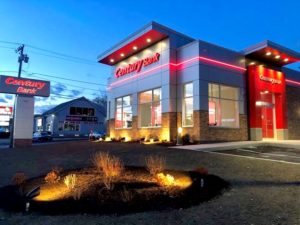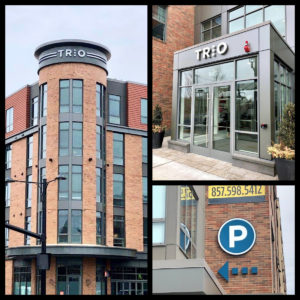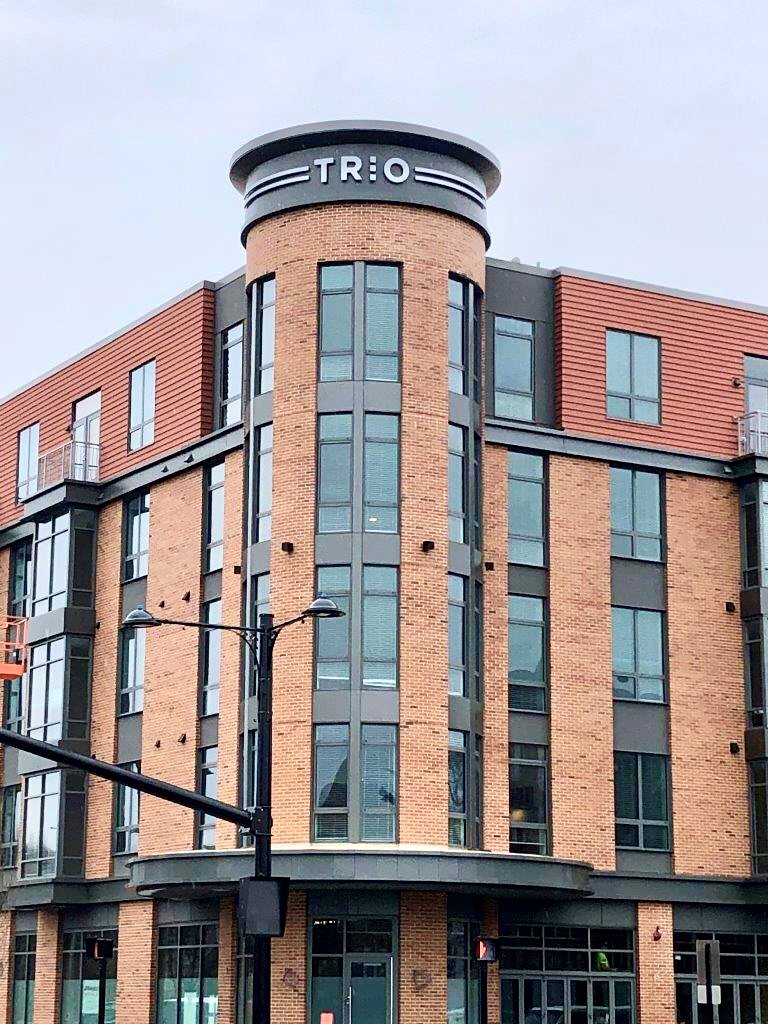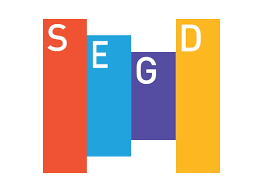Who Doesn’t Love a Good Challenge?
Customer Spotlight, Design/Build, Functional Signage, Interior Signage, Metro Sign & Awning, OthersHere at Metro, we’ve developed a reputation for overcoming challenges. In 2020, the pandemic required us to rethink our approach to projects and conduct much of our collaboration in a remote environment. Government buildings closed for weeks, which presented another challenge for obtaining signage permits and staying on deadline with project installations. Clients saw initial project budgets shrink, so our team worked with them to devise alternative signage options—in design, materials, or both.
At Metro, we love a good challenge. Challenges make us better because they require us to grow and innovate—and that benefits our clients and our partners, especially when we’re faced with a new “problem” we’ve not encountered before.
And let’s face it. It isn’t just us signage folks that benefit from rising to a challenge. Our partners—be they architects or graphic designers, manufacturers or the clients themselves—see excellent results when everyone works together to resolve an interesting problem.
Partnerships: Perfect for Meeting Challenges
When partnerships click, everyone’s better equipped to face a range of challenges that can arise during a project, no matter how simple or complex. A good partner commits to:
- Monitoring performance
- Meeting expectations — like project schedules, timelines, and deliverables
- Ensuring the clarity of each role
- Facilitating clear communications and feedback exchange among all stakeholders
- Accessing the right knowledge to address regulations and compliance
- Troubleshooting unanticipated issues that arise at any stage of the project
Partnerships benefit everyone because they promote continuity and encourage and support teamwork. Teams working together from the start add efficiency and effectiveness. No one points fingers when an issue pops up. When a signage challenge arises on a project, for example, Metro will raise the flag, coordinate the team, and leverage the knowledge and expertise to troubleshoot the situation.
We’re Great at Overcoming Challenges
Know why Metro successfully overcomes challenges? Because of the great relationships we’ve cultivated with a range of partners. Keep reading to learn more about some interesting projects we’ve worked on recently that really required us to think outside the box—and sometimes on the fly—so we could deliver what our clients expected.
Century Bank
 We pride ourselves in our ability to leverage the decades of experience we have in the signage industry to act as a resource for architects who understand all the intricate details involved with designing a building—but perhaps not with designing a sign that meets client, building, and ever-changing zoning requirements.
We pride ourselves in our ability to leverage the decades of experience we have in the signage industry to act as a resource for architects who understand all the intricate details involved with designing a building—but perhaps not with designing a sign that meets client, building, and ever-changing zoning requirements.
This particular project offered a challenging installation. During the planning phases, we realized we’d have limited access to wiring once the building completed construction. Distance and accessibility would make it extremely difficult to feed the wires from the letters to the power source. We collaborated with Darlow Christ Architects and Elaine Construction to identify and develop a solution, which included pre-wiring the signage for internal illumination because we wouldn’t have access after the builders completed the space.
Project phasing also presented some challenges. Completing this successful signage installation required a tremendous amount of ongoing communication and coordination among our team, the architect, and the general contractor.
Trio, with Mark Development
 When our client, Mark Development, approached us with a proposal to collaborate on the Trio Newton project, we were intrigued. Our task included working with Mark Development on their Trio property to design an exterior signage package aligned with the brand identity.
When our client, Mark Development, approached us with a proposal to collaborate on the Trio Newton project, we were intrigued. Our task included working with Mark Development on their Trio property to design an exterior signage package aligned with the brand identity.
This luxury residential apartment project included several challenges associated with an exterior signage installation. The three most common obstacles we encounter with this type of installation include:
- How we access the sign location
- How we gain access behind the wall to do the wiring
- How the area behind the wall looks after we complete the work
We planned the featured main identification sign for the building’s beautiful turret at the prominent corner of Washington and Walnut streets—a location that posed two dilemmas: accessing the placement and accessing the space behind the wall to prepare secondary wiring for the electrician. Installing the elegant halo-lit channel letters required an 85-foot-high lift and two active police details to access the large radiused tower’s top.
We coordinated the details with Mark Development’s senior project manager Scott Lombardi. Collaboratively we scheduled work to avoid tenant and vendor vehicles and ensure a safe, efficient installation. We drilled through the façade and approximately four layers of sub-walls to mount each individual letter and decorative accent bars and thread the wires into the very small space at the top of the tower. Once complete, the electrician made the final hookup.
Another fun challenge this project posed included the halo-lit channel letters installed above the residents’ parking garage entry/exit. We needed to bring wires for each letter and symbol through a block wall. To conceal the wires and blend them into the garage interior and house the power supplies, our talented fabrication team built a raceway keeping everything tucked away.
Despite potential—and unexpected—issues that can arise during a signage project, proper communication, planning, cooperation, and coordination from all involved parties definitely helps address and mitigate challenges more smoothly.

